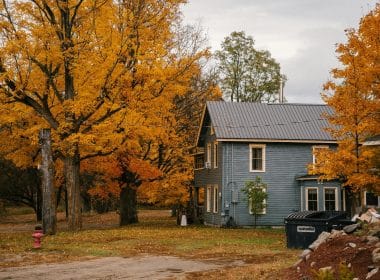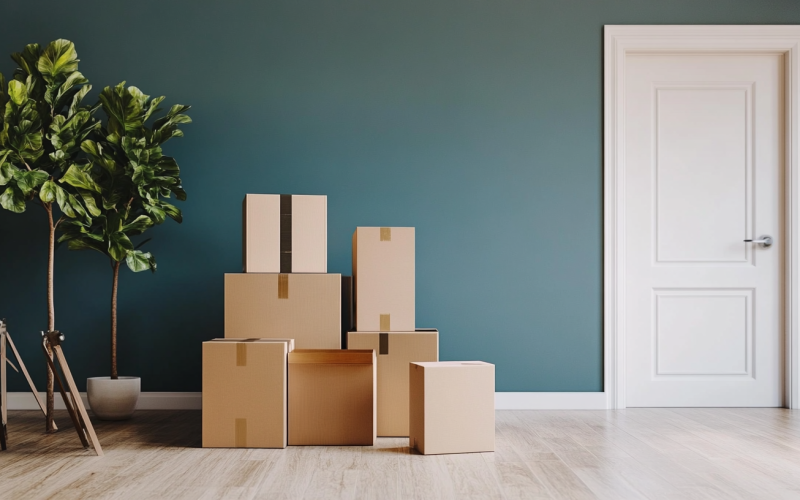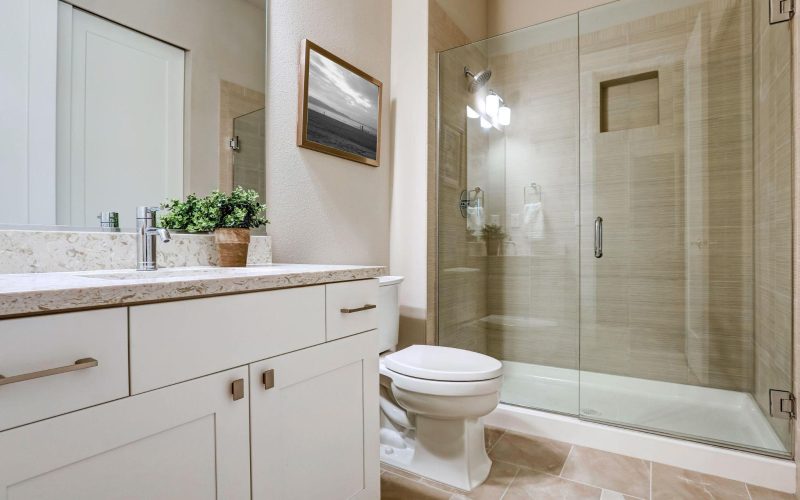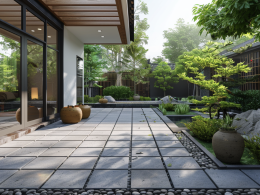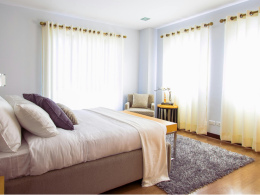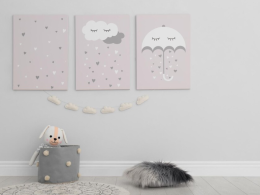Moving into a new home marks the start of a fresh chapter in your life, opening up endless possibilities for decorating. You can reconsider your preference for things and create a homely space that mirrors your personality.
As redecorating after a move allows you to start with a clean slate, you can blend favorite pieces from your previous home with aesthetics that suit your present lifestyle.
This process can be enjoyable and fulfilling as it transforms a vacant house into a comfortable, personalized, and welcoming living environment. In this article, we will serve you eight practical tips for redecorating your new home to make it feel like you’re actually at home.
Sort and Toss Before Moving
Before you move, go through everything you own. This is a perfect time to decide what to pack and not pack. Start in one room and work your way through the house.
Make piles for keeping, donating, selling, and throwing away. For clothes, if you last wore them a year ago, let them go. With furniture, think about how it will fit in your new place. Measure rooms and doorways to make sure big pieces will fit.
If you need clarification on some things, consider renting furniture to try different styles. This process takes time, but it’s worth it. You’ll have less to pack and move, saving money on moving services. Plus, you’ll start fresh in your new home without old clutter.
Paint Before You Move In

Painting is much easier in an empty house. Before you move in, visit your new place and plan your colors. Look at each room in different lights – morning, afternoon, and evening. This helps you choose colors that look good all day.
Think about what each room is for. Bedrooms might need calming colors while living areas could have brighter shades. You don’t have to paint every room right away. Focus on the main living areas and bedrooms first. This gives you a finished feel as soon as you move in.
If you need more clarification on some rooms, it’s logical to wait. You can always paint later when you have a better feel for the space. Don’t forget to buy quality paint and tools. It makes the job easier and looks better in the end.
Use Natural Decorations
Start decorating with natural and eco-friendly elements before buying lots of new things. Plants are a great way to bring life into your new home. They clean the air and add color and texture. Mix big plants like ficus trees with smaller ones like succulents. Don’t worry about not being a good plant caretaker—there are many easy-to-care-for options.
Use natural elements in your decor besides plants. Wood, furniture, stone vases, or woven baskets add warmth and interest. These natural touches create a calm, welcoming feel. They work with many styles, so you can add other decorations later without clashing. Remember, natural elements can make your house feel like a home even before you fully unpack.
Personalize Your Home With Basics

Focus on key items that make a space feel lived-in and comfortable. Start with good lighting. Table lamps and floor lamps create a warm glow that overhead lights can’t match. Add some candles for extra coziness. Next, think about your floors. Area rugs add warmth and color and are great for defining spaces in open floor paths. Choose rugs that complement your wall colors.
Add soft furnishings for your couch and chairs, such as comfy throw pillows and blankets. They make the room look inviting and are perfect for chilly evenings. For windows, choose curtains that add color and texture to your rooms. These simple additions can quickly transform an empty space into a cozy home.
Ask for Interior Designer Help
Interior designers can help you figure out your style if you need clarification on what you like. They know how to mix colors, patterns, and textures in great ways. Designers also take you shopping and have access to furniture and decor that you might need help finding on your own. They can often get better prices, too.
A good designer will listen to your needs and help make it happen within your budget. They can prevent costly mistakes, such as buying ill-fitting furniture or choosing clashing colors. If hiring a full-time designer is outside your budget, some offer consultation services that give you a plan to implement yourself. Their advice can help you create a home that feels just right for you.
Pick Furniture Carefully
Choosing the right furniture starts by measuring your rooms and doorways. This helps you know what will fit before you buy. Think about how you’ll use each room. In the living room, do you need a big couch for family movie nights or smaller seats for entertaining? If space is tight, consider beds with storage for bedrooms.
Look for versatile pieces like a coffee table with usable drawers or an ottoman with storage space. Take your time filling every space right away. Quality matters more than quantity. So, it’s better to have a few well-made pieces than many cheap ones that won’t last. Remember, moving services can help get your chosen furniture safely to your new home.
Highlight Your Home’s Best Parts
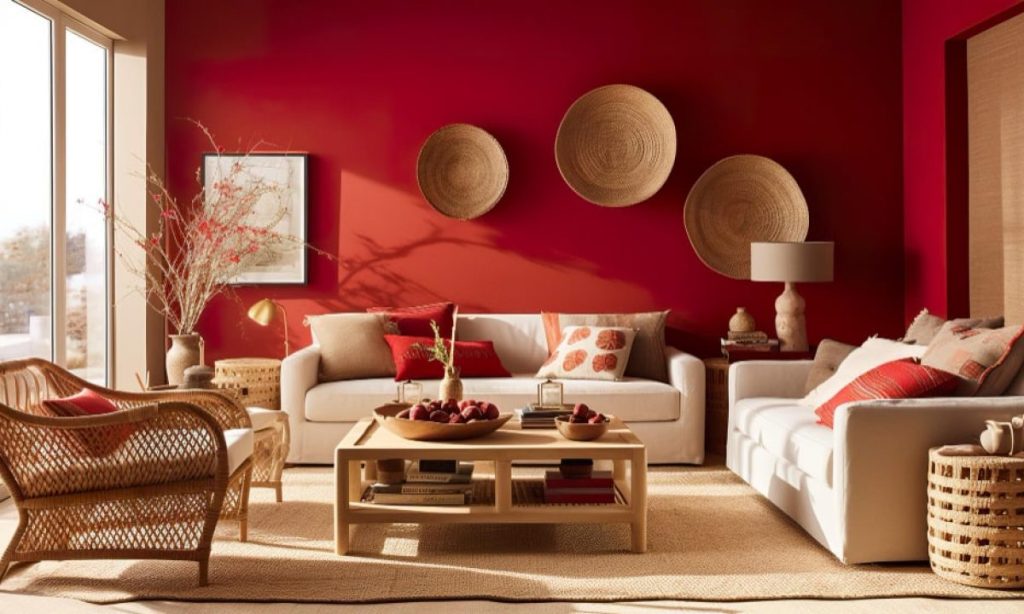
Every home has unique features that make it special. Take time to notice what’s interesting about your new place. You may have high ceilings, big windows, or a cool fireplace. Use your decor to make these features stand out. If you have nice windows, choose curtains that frame them well. For high ceilings, hang long curtains to draw the eye up.
Use lighting to highlight textured walls or interesting architecture. In the kitchen, open shelving can display nice dishes and make the room feel bigger. If you have built-in shelves, arrange books and objects nicely. You create a customizable space by focusing on your home’s best features.
Add Your Personal Touch
The final step in making your house a home is adding things that are meaningful to you. Start with art you love. This could be paintings, photos, or even framed postcards from your travels. Don’t worry about everything matching perfectly. A mix of styles can look great if they all mean something to you.
If you have a hobby, show it off. For example, if you play music, hang instruments on the wall. Books can be both decorative and personal. Arrange them on shelves or use them to add height to displays. Remember, your home should reflect who you are. These personal touches make your space unique and truly yours. A locksmith professional can ensure your cherished items are secure in your new home.
Conclusion
Redecorating your new home is an exciting journey of self-expression. To set the foundation, start with essentials – paint, furniture, and lighting. Add plants and natural elements to bring life and warmth to your home. Personalize with meaningful artwork and cherished objects.
Take your time understanding how you use each room, and choose pieces that enhance your daily life. Mix old favorites with new finds to create a unique blend of comfort and style. Remember, your home should reflect your personality and meet your needs. With considerate choices and a bit of creativity, you’ll soon have a space that feels welcoming, functional, and truly your own.

